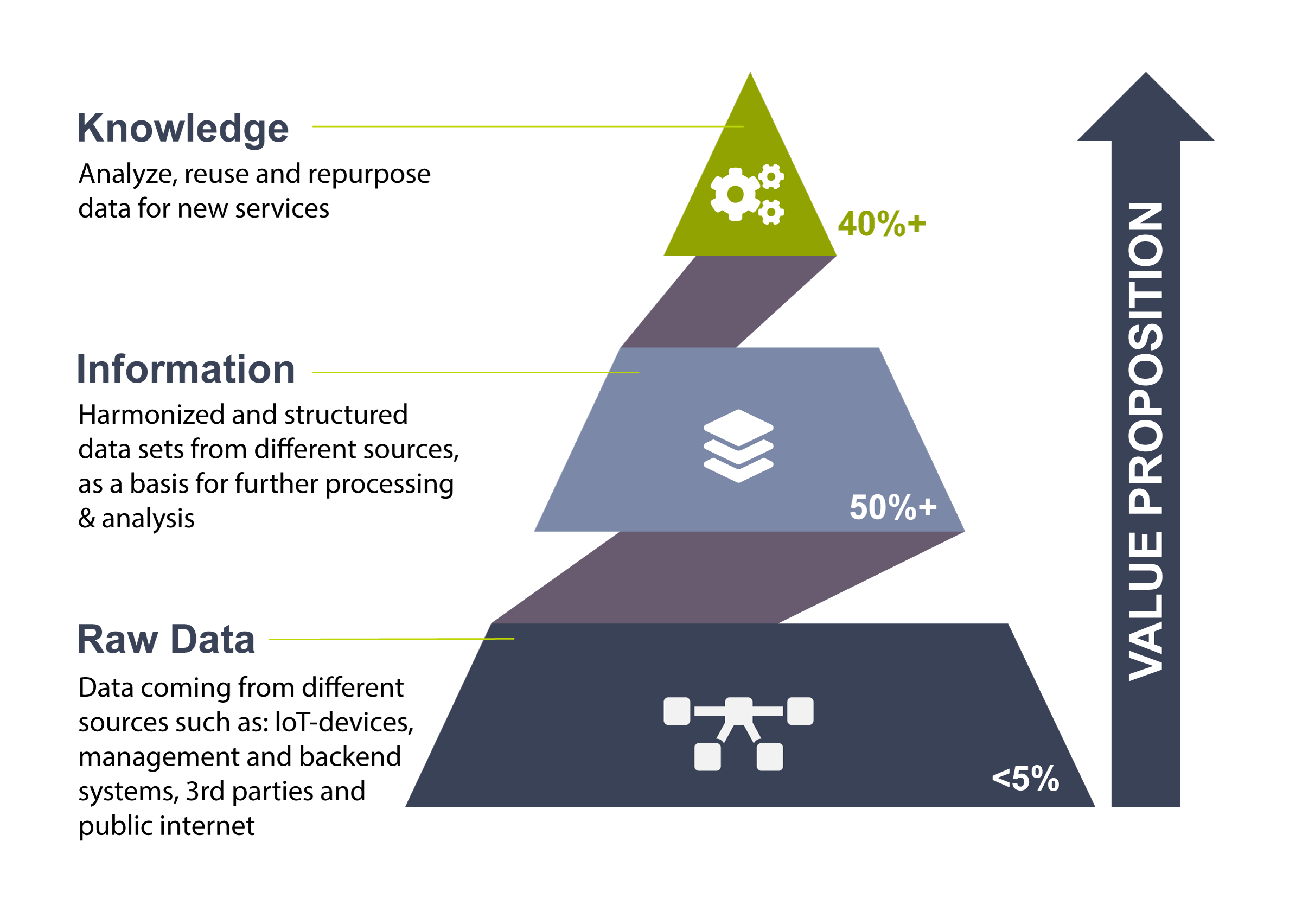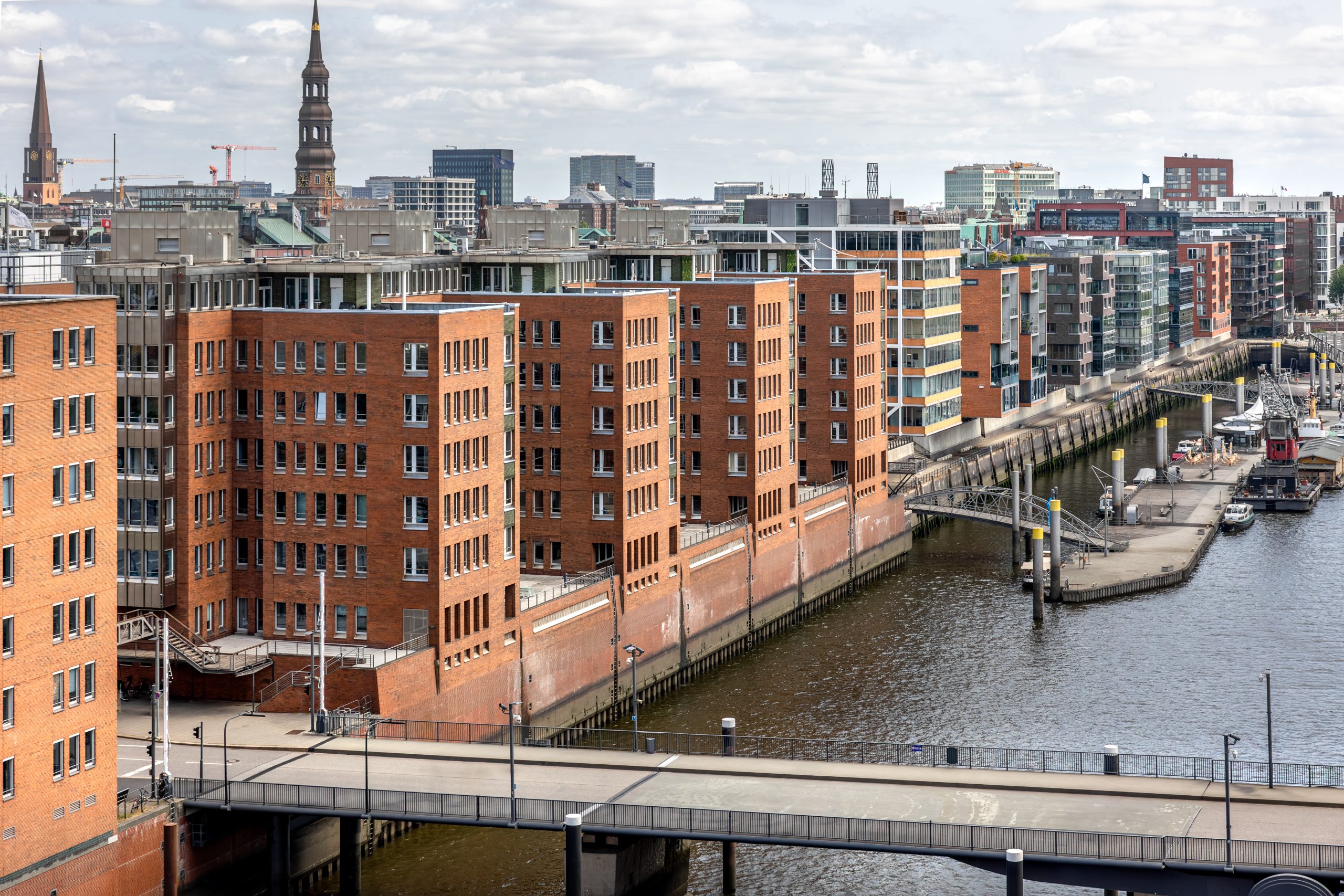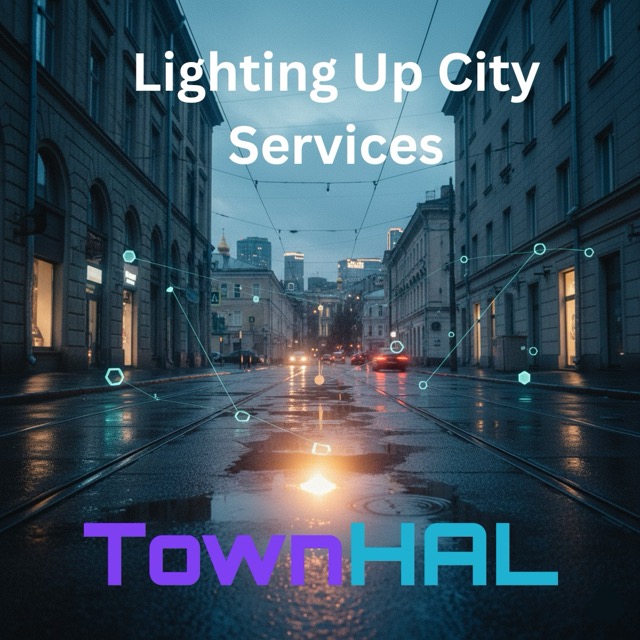From Data to Decisions: Empowering Cities Through Open Urban Platforms
Across Europe, municipalities are under pressure to modernize their infrastructures, improve efficiency, and adapt to climate and demographic change. Yet most still face fragmented data, limited resources, and complex governance structures. The German company [ui!] Urban Software Institute offers a long-tested model for addressing these challenges: connecting city systems through open urban data platforms that turn raw information into coordinated decision-making.
From Vision to Urban Reality – A Platform Approach to Urban Complexity
At the core of [ui!]’s work are its Basic Products, digital tools that form the foundation for municipal data management.
- [ui!] UrbanPulse acts as the central platform, gathering data from multiple departments, transport, energy, environment into one interoperable system. Designed under DIN SPEC 91357, a German reference architecture defining how open urban data platforms should manage interoperability and data sovereignty, it enables cities to integrate existing infrastructure instead of replacing it.
- [ui!] COCKPIT translates this data into clear visual dashboards for both city staff and the public, improving transparency and supporting cross-departmental collaboration.
- [ui!] DATALAB provides deeper analytical capabilities, allowing municipalities to identify trends and generate recommendations through visualization and AI-supported forecasting.
- For smaller municipalities, [ui!] EASY serves as a low-threshold entry point: a scalable Software as a Service (SaaS) version that connects up to a limited number of sensors and can later be expanded.
“Digital transformation requires courage, collaboration, and pragmatism,” says Marco Müller, consultant at [ui!]. “Only by thinking holistically and acting pragmatically can cities position themselves sustainably for the future.”
Sector-Specific Applications
On top of its core data infrastructure, [ui!] has developed a set of thematic Solutions addressing specific urban sectors:
- [ui!] ENVIRONMENT collects and visualizes data from air-quality sensors, soil-moisture probes, and water-level monitors, supporting evidence-based environmental management.
- [ui!] TRAFFIC and the Smart Traffic Analyzer (STA) process floating-car and sensor data to map congestion patterns, identify bottlenecks, and optimize signal timing.
- [ui!] PARKING complements this with real-time monitoring of available parking spaces, reducing search traffic and emissions.
- [ui!] CLIMATE helps municipalities monitor heat-island effects and prepare for extreme weather events.
- [ui!] M2CHARGE integrates data from e-mobility infrastructure, enabling better planning and management of public charging networks.
- UI-as-a-Service @ Urban Lighting Innovations links street-lighting systems with digital services. In pilot cities such as Bad Hersfeld, residents can adjust light intensity via mobile applications, improving both safety and energy efficiency.

(Image caption: Data-based insights — From (raw) data to information to knowledge: Cities and municipalities need knowledge-based decision-making and management processes to tackle their challenges. [ui!] provides expertise and know-how in all areas to support them.)
This structured approach enables municipalities to transform complexity into clarity, laying the foundation for long-term, data-driven governance.
Practical Results at the Local Level
One of the most cited examples is Dietzenbach, near Frankfurt. By integrating its lighting network into [ui!] UrbanPulse and applying data-driven energy management, the city achieved up to 85 percent energy savings, supported by the State of Hesse.
The project demonstrates that coordinated data use, not large-scale new construction, can deliver measurable progress in efficiency, emissions, and public-service quality.
Beyond single use cases, the same logic extends to traffic flow optimization, air-quality monitoring, or flood-risk management: once the data is connected, cities can layer new tools and scale their digital capacity over time.
Challenges and Transferable Lessons
Implementing data platforms in municipal contexts remains a demanding process. Many cities still operate within fragmented IT ecosystems, meaning their digital infrastructure consists of separate, non-communicating systems where each department manages its own data and software. As a result, valuable information often remains trapped in “data silos,” making citywide coordination difficult. Staff capacity is another limiting factor: few local administrations possess the technical expertise to manage complex data infrastructures or maintain AI-based models over time. Budgetary pressure further amplifies the challenge, making it difficult to sustain long-term innovation cycles.
From more than a decade of project experience, [ui!]’s work highlights several transferable lessons that go beyond technology itself:
- Prioritize interoperability.
Successful digital transformation depends on systems that can exchange data across departments and vendors. UrbanPulse’s compliance with DIN SPEC 91357 exemplifies how open architectures can prevent dependency on single providers and ensure long-term data sovereignty. - Start small, scale fast.
Instead of launching citywide digital programs at once, municipalities can begin with one or two domains, mobility, lighting, or environmental monitoring, to demonstrate measurable value. Tools like [ui!] EASY and COCKPIT enable low-threshold experimentation that can later evolve into comprehensive platforms. - Align institutions with technology.
Data integration must be mirrored by organizational integration. Cities that combine technical upgrades with administrative reforms, clear governance structures, interdepartmental coordination, and transparent data ownership, achieve more lasting results. - Invest in AI capacity, not just AI tools.
[ui!]’s recent applications show how machine learning can already detect anomalies, forecast energy demand, or anticipate flooding events. Yet these systems rely on local capacity: cities need staff who understand how models work, how to interpret their confidence levels, and how to adapt them over time. Without that, AI remains a black box rather than a decision-support tool. - Close the loop between data, insight, and action.
Current platforms like DATALAB visualize data and produce recommendations, but the next frontier is automating feedback—allowing AI predictions to directly inform operational systems such as adaptive street lighting or dynamic traffic routing. This transition requires strong safeguards for accountability, cybersecurity, and public trust.
These principles align closely with the European objective of digital sovereignty: enabling municipalities to retain ownership and governance of their data while still participating in cross-border knowledge and infrastructure networks. As the EU strengthens frameworks such as the European Data Space for Smart Communities, experiences from cities working with open, AI-ready platforms like [ui!]’s provide a practical blueprint for scaling digital transformation responsibly.
AI and the Future of Urban Governance
Artificial intelligence is gradually moving from experimental pilots to an operational layer in city management. Within the frameworks already established by platforms such as [ui!] UrbanPulse and DATALAB, AI is beginning to function less as a showcase technology and more as a pragmatic tool for coordination, prediction, and foresight.
Today, its presence can already be felt in three key areas:
- Forecasting and early warning. Machine-learning models detect anomalies in infrastructure data—predicting floods, heavy rainfall, or system malfunctions before they occur.
- Resource optimization. Predictive analytics supports dynamic energy management, adaptive street lighting, or demand-based irrigation of green spaces.
- Mobility intelligence. Tools like the Smart Traffic Analyzer (STA) use real-time data to optimize traffic light cycles, reduce congestion, and inform long-term urban planning.
These examples show that AI does not replace human expertise, it extends administrative capacity, enabling civil servants to make faster, more informed decisions. However, its full potential lies not in automating single functions but in connecting multiple systems: using mobility data to inform air-quality policy, or climate projections to plan resilient infrastructure investments.
To reach that level of maturity, municipalities will need to address four strategic questions:
- Transparency: Are AI decisions explainable and accountable?
- Data governance: Who owns the information, and under what terms is it shared?
- Skills: Do cities have data stewards able to interpret algorithmic outcomes within social and policy contexts?
- Trust: Does technology strengthen public confidence or distance citizens from decision-making?
If approached through this lens, AI can become the connective tissue of 21st-century governance: continuously learning from city operations, adapting to local realities, and translating complexity into clarity.
The challenge for Europe’s municipalities will not be to adopt more technology, but to use it deliberately, as a civic infrastructure that supports transparent, evidence-based, and human-centered urban development. The cities that will lead this century will not be those that own the most sensors, but those that listen to data, to citizens, to the rhythms of their own systems.













